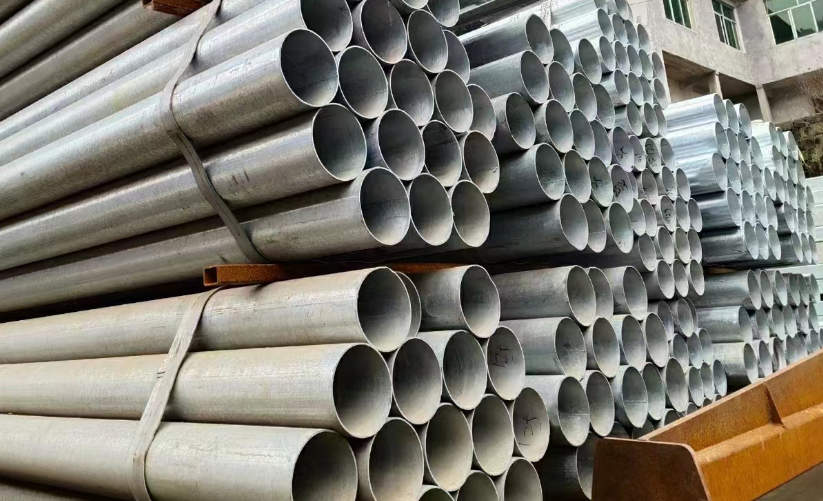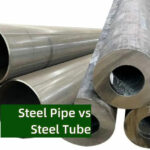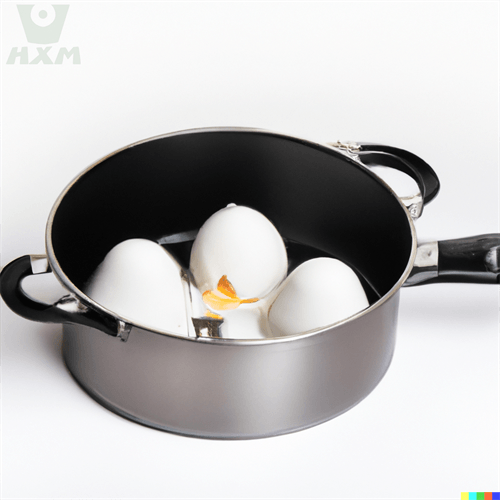Among various metal alloys, thin-wall mild steel tubing stands out as a popular material choice across multiple industries due to its unique set of advantages. In this article, we aim to provide a detailed, accurate, and authoritative analysis of the advantages and disadvantages of thin wall mild steel tubing.

5 Advantages of Thin Wall Mild Steel Tubing:
- Cost-Effectiveness: Mild steel is relatively inexpensive compared to other high-performance alloys, making it a cost-effective choice for applications where cost is a critical factor. Thin-wall construction further reduces material costs while maintaining structural integrity.
- Ease of Fabrication: Thin-wall mild steel tubing is relatively easy to cut, weld, and form into complex shapes, making it suitable for a wide range of manufacturing processes. This ease of fabrication promotes flexibility in design and production.
- Good Strength-to-Weight Ratio: Despite its thin walls, mild steel tubing offers excellent strength, making it an ideal choice for applications where weight reduction is desired without compromising on structural integrity.
- Excellent Corrosion Resistance: Mild steel, when properly coated or painted, exhibits good resistance to corrosion, extending its service life in exposed environments. This is particularly beneficial in outdoor applications or where exposure to harsh chemical environments is expected.
- Wide Availability: Mild steel is one of the most widely used metals in the world, due to its availability and ease of production. This ensures reliable supply chains and reduces the risk of supply disruptions.
5 Disadvantages of Thin Wall Mild Steel Tubing:
- Limited Mechanical Properties: Compared to high-strength alloys, mild steel has relatively lower yield strength and tensile properties. This can limit its use in applications where higher loads or extreme mechanical conditions are encountered.
- Susceptibility to Rust and Corrosion: Although mild steel offers good corrosion resistance when coated or painted, it is still susceptible to rust and corrosion, especially in damp or saline environments. Regular maintenance and protective coatings are required to maintain its integrity.
- Lower Thermal Conductivity: Mild steel has lower thermal conductivity compared to some other metals, which can affect its performance in heat transfer applications. This may require additional insulation or alternative material choices in certain scenarios.
- Lower Fatigue Resistance: Thin-wall mild steel tubing may exhibit lower fatigue resistance compared to thicker walled or higher-strength materials. This can be a concern in applications where cyclic loading or repeated stress is a factor.
- Limited Applications: Due to its mechanical properties, thin-wall mild steel tubing may not be suitable for high-performance applications that require extreme strength, stiffness, or durability. In such cases, stronger alloys or alternative materials may be preferred.
Conclusion
In conclusion, thin-wall mild steel tubing offers a range of advantages, making it a popular choice for numerous applications. Its cost-effectivenesss, ease of fabrication, and good strength-to-weight ratio are particularly noteworthy. However, it also has some limitations, such as its mechanical properties and corrosion resistance, which need to be considered during material selection.
Thank you for reading our article and we hope it can help you to have a better understanding of the advantages and disadvantages of thin wall mild steel tubing. If you are looking for mild steel products suppliers online now, please don’t hesitate to contact Huaxia Steel.
As a leading supplier of carbon steel products from Shanghai, China, Huaxia Steel provides customers with high-quality tool steel, alloy steel, carbon steel, carbon steel tubes, and carbon steel pipes at a very competitive price.








